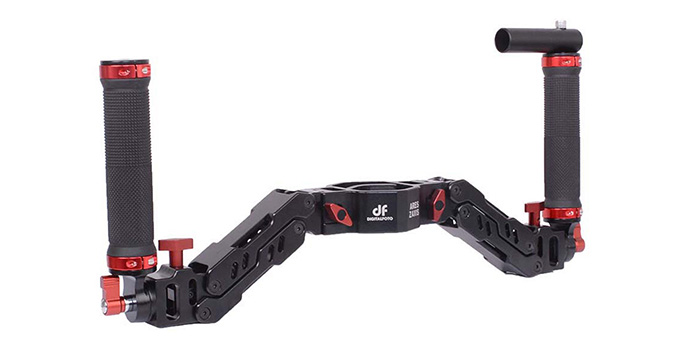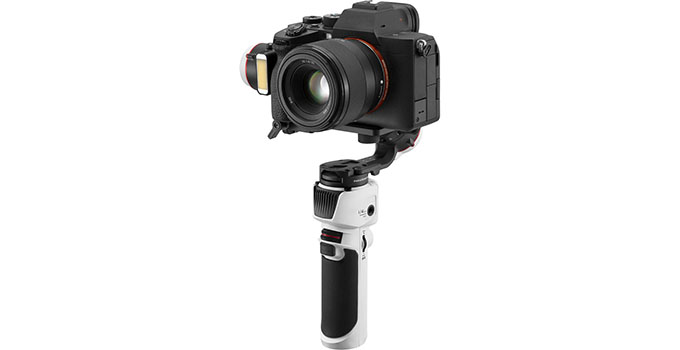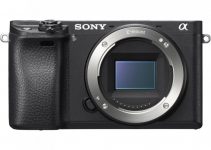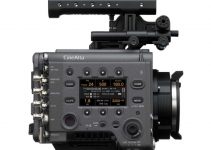Single-handle gimbals have taken over the stabilizer world and it seems like companies can’t churn out new models fast enough. While they do continue to get better and better maybe we haven’t stopped to think whether we should adjust the design a little bit.
A lot of people who have used a gimbal might explain that after holding that handle for a while you are getting tired and might have difficultly with certain movements. Henry Media Group believes that going with a dual-handle gimbal design creates a much better filmmaking experience. They even show off their favorite setup so you can try it out yourself.
Using a Sony a7 IV on a Zhiyun CRANE-M3 he found that a one-handed gimbal is tiring after just a short time. That is why after picking up the DigitalFoto ARES he finds it to be the most important part of the entire setup. The dual-handle configuration is much more comfortable and safer for extended shoots.
When using a dual-handle setup you’ll find that waist-level operation is incredibly comfortable. Arms are extended enough that you could likely do that for a very long time. This is also great for low-angle shooting since you only need to bend over a little bit compared to how you would need to move for a single-handle gimbal.

Image Credit: DigitalFoto
More expensive stabilizers use a ring shape for good reason and a dual-handle setup is the closest you can get without spending too much money or ending up with a larger rig. Part of this has to do with how you naturally operate the camera.
With one hand you end up twisting and turning your wrists which is exhausting and potentially back for your health after extended shoots. When using both hands you turn with your entire body. It also makes it so the gimbal has less dramatic moves to work with and theoretically creates a more stable image.
Another benefit of having two handles is that there are more places to mount accessories. There isn’t much real estate on a single-handle gimbal, but dual handles provide more space and dedicated mounting points.

Image Credit: Zhiyun-Tech
The ARES actually has an extra feature with Z-axis stabilization. A set of springs in each arm will counteract some of the most aggressive movements, usually caused by walking or running. In this case, he doesn’t 100% recommend it as the ARES doesn’t have the best implementation of the idea.
There are some downsides, especially with gimbal controls. The way many gimbals are designed the controls are placed for one-handed operation. If you add handles to the side you are no longer able to quickly make adjustments. You might need to keep this in mind if you often find yourself making use of the on-gimbal controls.
If you are looking for third-party gimbal arms you will want to avoid options that attach to the very bottom of the gimbal. This is the weakest point when everything is attached and if it fails then the entire gimbal and camera rig will fall. The ARES clamps on to the center of the arm for better mounting.
Those are a lot of good reasons to consider a dual-handle setup for your gimbal. Do you have any of your own thoughts on how to comfortably operate a gimbal?
[source: Henry Media Group]
Order Links:
- Zhiyun-Tech CRANE-M3 Gimbal Stabilizer (B&H, Amazon)
- DigitalFoto ARES Dual Handle (B&H, Amazon)
- Sony a7 IV Mirrorless Camera (B&H, Amazon)
Disclaimer: As an Amazon Associate partner and participant in B&H and Adorama Affiliate programmes, we earn a small comission from each purchase made through the affiliate links listed above at no additional cost to you.



